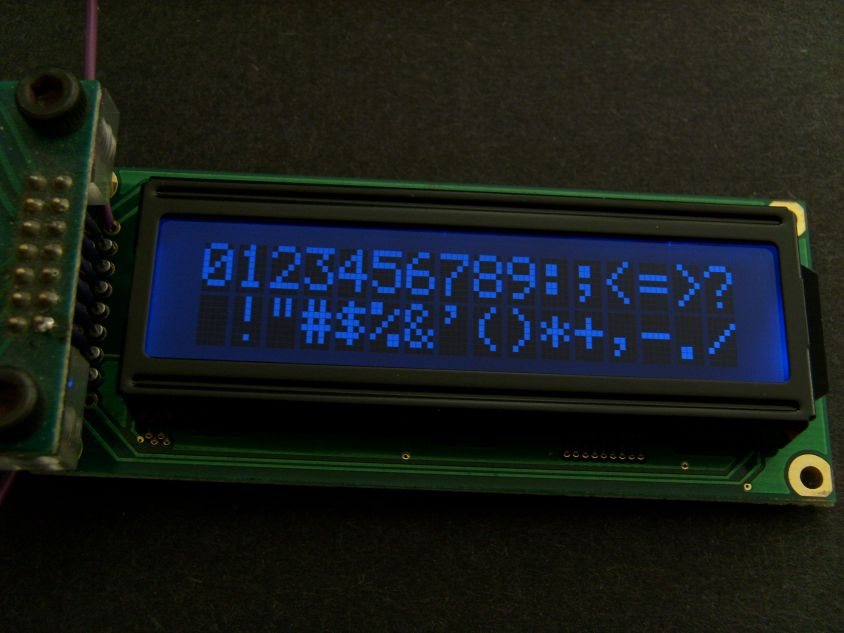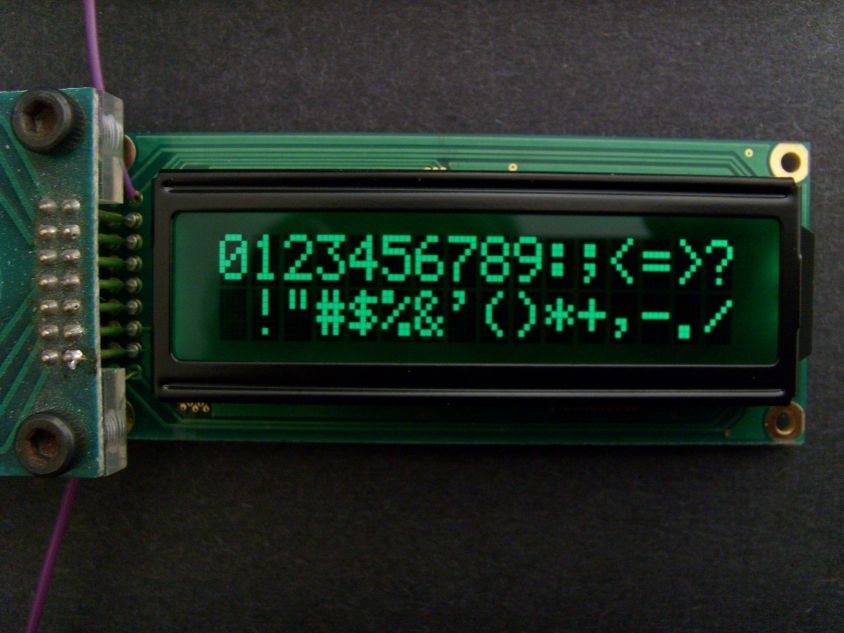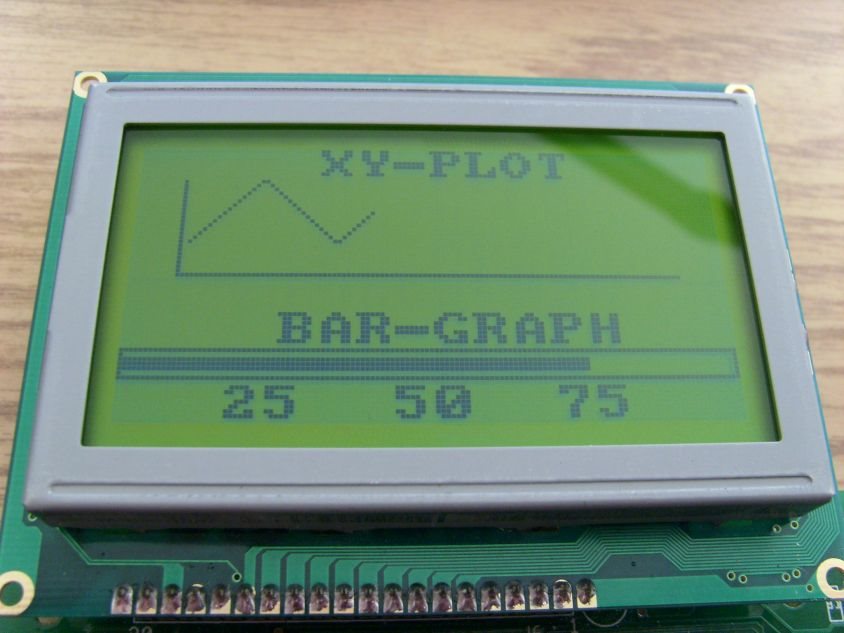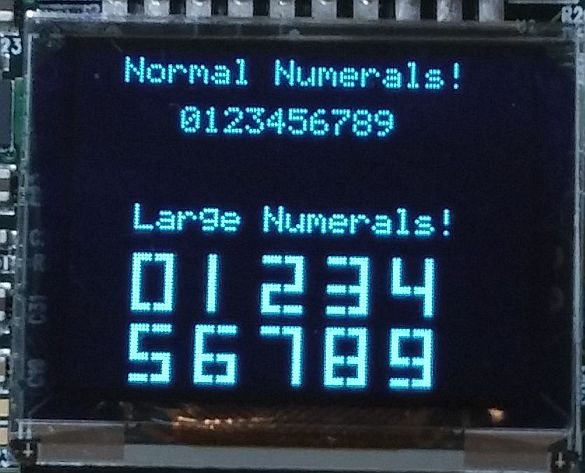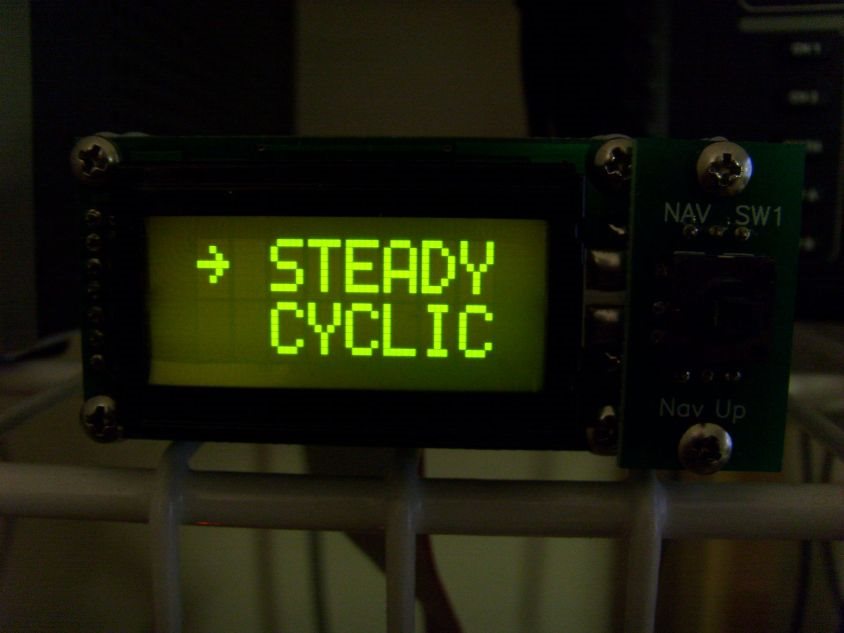Greetings,
Often posters seek to attach displays to their MCU project. Presented here are several "basic" display types - available from multiple vendors. (orphaned ones - found on the "2nd hand, commodity net" are available - yet may have "departed" when (or if) your project moves to volume...)
Displays are especially helpful in monitoring code development - as they "instantly" display the user's success or (most often - in my case) failure. (hate when that happens...)
1) Standard, 2x16 character module, w/HD44780 (or clone) Lcd Controller: (Swear to God - I was "rock steady/squared" - damn display rotated...)
Here's the SAME display - w/a different (backlight) LED energized. You may note that, "No expense was spared in our modification of a basic paper clamp so that "spring loaded test pins" could securely attach."
Our Sales Force loved this - as "No Soldering was Required!" (over 10K such "Solderless Adapters & Display Testers were sold...)
Now - a small, monochrome Graphic Lcd:
and a (very) small OLED (graphic) *** Note: OLEDs have the BEST Contrast & Viewing Angle of the bunch!
And lastly - world's smallest (at least for firm's/my "limited" world) "Input/Output Module" (Display AND 5 position "Navigation Switch")
And the pcb "detail..."
The above is a 2x8, Character Lcd with a "5-Way" Navigation Switch - yielding a general purpose, "Input/Output" Module. There is (some/slight) cleverness on "display" - the "Nav's switch code" is impressed upon the Lcd's data bus - but in such a way that a switch depression CANNOT interfere w/a display write!


